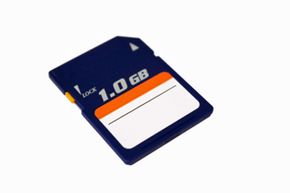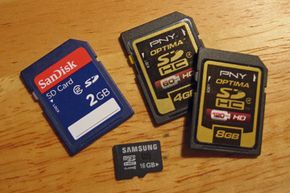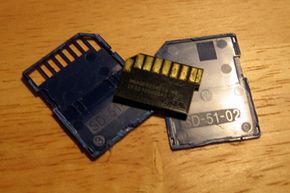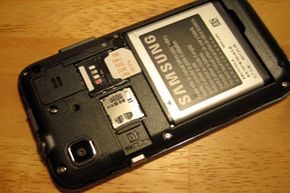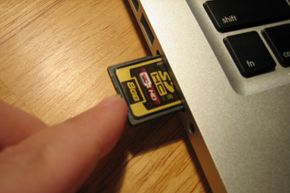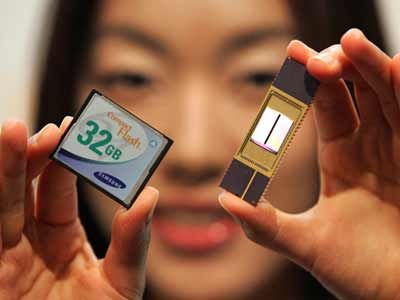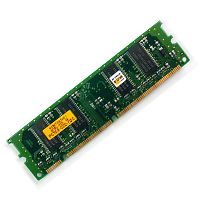Many laptops and mobile devices you can buy today have built-in slots for Secure Digital memory cards, usually just called SD cards. An SD card is a storage device that has many useful features depending on how and where it's used. Here are some common ways you might already use SD cards:
- You can add an SD card to a small device, like a mobile phone, to extend the storage space available for ringtones, texts, apps, music and other data.
- When one SD card in your camera fills up with photos and videos, you can swap it out for an empty SD card instead of deleting any files.
- You can save files to an SD card to transfer them between devices or give them to someone else.
SD cards conform to standards developed and maintained by the Secure Digital Association. Panasonic, SanDisk and Toshiba formed the SD Association in January 2000 with the goal of developing and promoting standards for flash-memory storage. SanDisk's technology, already a global leader in flash memory products, became a template for the new standards.
Advertisement
Headquartered in San Ramon, Calif., the SD Association doesn't make or market any products on its own. However, more than 1,000 association members, primarily major electronics manufacturers worldwide, currently contribute to the ongoing improvements in SD standards. These standards cover the SD cards themselves, as well as the hardware and device drivers used to read and write to them.
You may have used other words, such as memory cards or flash memory, to describe SD cards in conversation. The word memory, however, might be misleading to some people since it's also used to talk about Random Access Memory (RAM), which serves a completely different purpose in computing. The word flash describes the means in which the data is saved onto the solid-state material inside the SD card, which you can read about in How Flash Memory Works. Here, we'll use the term SD card since we're speaking of a flash-memory device that conforms to the SD standard and sports the SD Association's trademark.
In this article, we'll zoom in on SD's various form factors, capacities and speeds and take a look at the features, advantages and challenges of Secure Digital cards. Let's start with the types of SD cards available today.
Advertisement
